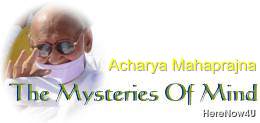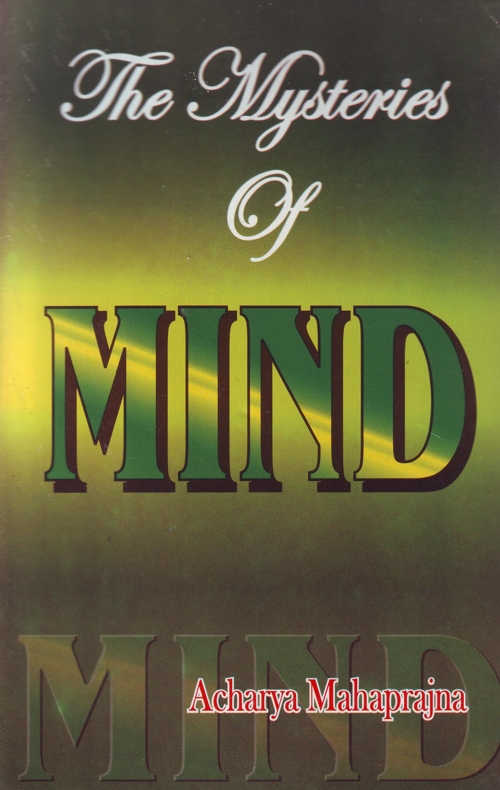
It is necessary to conduct research in these areas so that we may know where to engage the mental processes for good or bad. The knowledge gained from such research will enable us to control our instincts and tendencies and to bring about auspicious lesyas and to avoid the inauspicious ones. Nothing can be finally said in this respect until enough research has been done.
We need such scientists who are not only experts in the areas of their own scientific interest but who have also faith in spiritual matters. A scientific scrutiny of all the constituents of the body as well as of the transformations of the soul and their association with our natural tendencies will open new horizons of knowledge.
I once happened to read a book written in a mixture of the Gujarati and Rajasthani languages. It discusses some interesting facts. It may be a compilation of facts borrowed from other works. The author observes that the navel symbolized by the lotus has several petals. When the soul undergoes transformations in association with a particular petal, it produces the tendency to anger. Association with another petal excites the tendency to deceit. Association with yet another petal excites sexual tendencies and so on.
When the transformations of the soul pass from the navel to the heart, also symbolized by a lotus, they produce the feeling of equality or equanimity, develop knowledge and activate good tendencies. If these transformations influence the perception centre, they develop the capacity to grasp the entire literature of the fourteen Purvas (original Jaina Scriptures). When they touch the knowledge centre, they develop the capacity for pure knowledge. Their contact with another centre develops the capacity for avadhi- jnana (clairvoyance). The basis on which these observations have been made cannot be ascertained. But it is clear from the information collected in the book that there are various transmission centres in the human body. It is possible for us to make consciousness manifest itself by concentrating the mind on these centres and to reconstruct our personalities.
We have already stated that breath is connected with prana, which in its turn is connected with paryapti, or subtle prana. Breath comes into being in the very first moment in which the life of the human organism begins. Prana needs subtle prana which in its turn needs subtler prana. This last prana is obtained from the sky. Prana keeps circulating in the organism as well as in the whole of the sky. It sustains the life of the organism. The organism gets this sustenance by means of breath. It draws its sustenance like oxygen, nitrogen, etc. by breathing. In the language of karma sasrta we obtain prana or vital energy through breath.
Two Jaina scriptures, Bhagavati and Prajhapana, raise the question: "When does the jiva obtain its sustenance and from how many directions?" The scriptures maintain that the jiva draws its sustenance from all the six directions viz. east, west, north, south, and the upper and lower directions. The scriptures do not refer to the food we take by mouth. They also do not refer to the sustenance we draw through the pores of the hairs. They speak of prana as the sustenance. The jiva draws its sustenance always from outside itself continuously.
Breath is a powerful means of drawing sustenance. Let me repeat that breath is connected with prana, prana with subtle prana and subtle prana with the subtle body or karmasarira. The practice of long breathing aims at arousing our dormant powers. Perceptive meditation on long breathing is a very significant exercise. It is a clue to the entire process of collecting energy. Perceptive meditation on long breathing is an attempt to arouse all the sources of energy. This meditation has very wide implications. Through this exercise we draw in tremendous energy. It also enables us to tap the central source of energy in us. A sudden explosion of energy enables us to achieve many things.
Perceptive meditation on regular breathing is also a means of collecting energy. Samavrtti breathing means drawing in air through one nostril and releasing it through another. In this exercise the mind is yoked to breath. Psychosomatic scientists have come to the conclusion that special consciousness centres can be activated by samavrtti breathing. It develops in the practitioner the capacity for super-sensual knowledge also. Through it the practitioner can also attain the power of clairvoyance.
Breath is useful in several other yogic exercises. There are meditations on long breathing, regular breathing and subtle breathing. The entire structure of sadhana is based on breath.
 Acharya Mahaprajna
Acharya Mahaprajna

